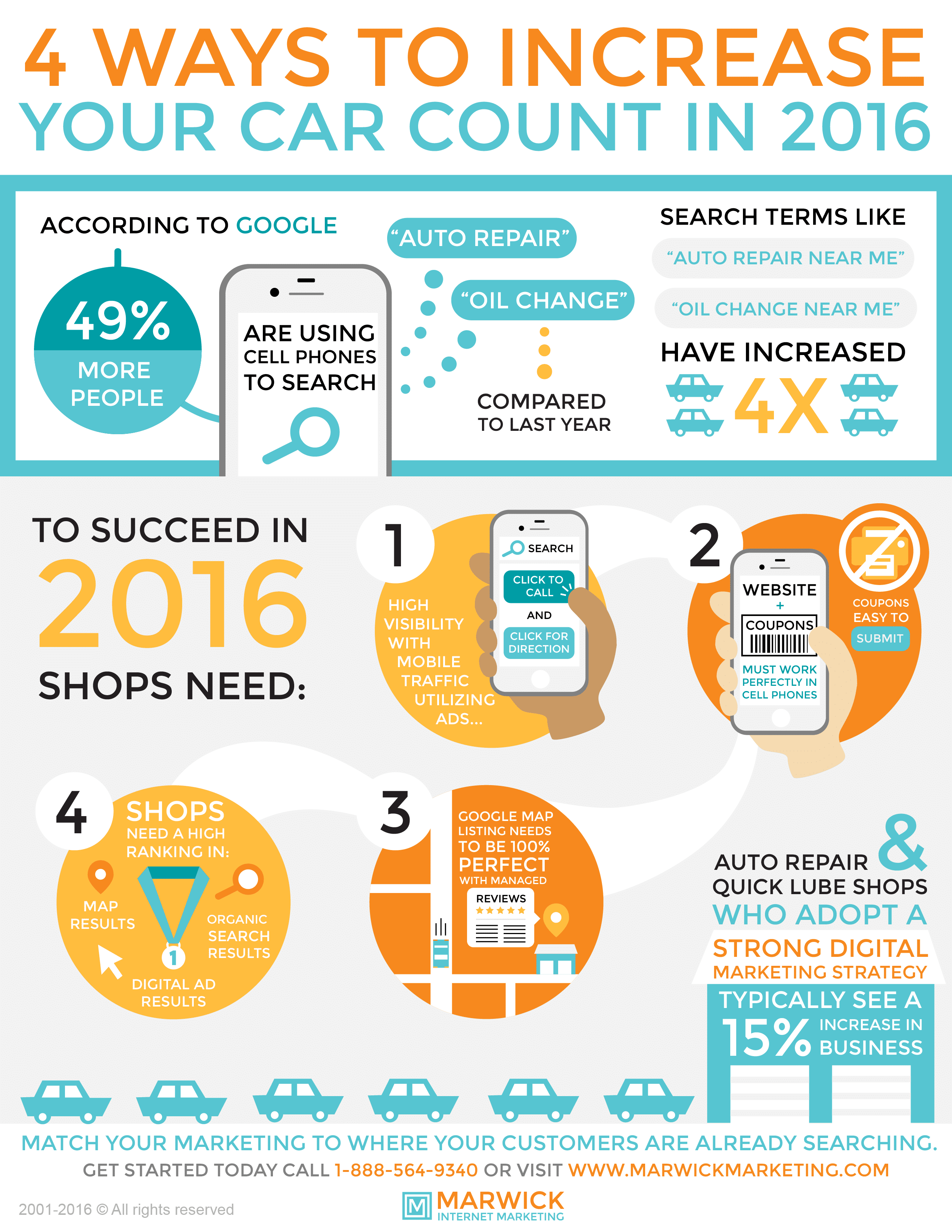Comprehending The Definition Behind Your Automobile'S Warning Lighting: A Thorough Look
Comprehending The Definition Behind Your Automobile'S Warning Lighting: A Thorough Look
Blog Article
Posted By-Vinson Gilbert
When you're behind the wheel, those radiant warning lights on your dashboard can be a bit puzzling. Do you know what they're attempting to inform you about your auto's health and wellness? Understanding the importance of these lights is essential for your security and the long life of your vehicle. So, eastside detailing of those lights turns up, would not you intend to analyze its message precisely and take the required actions to address it?
Common Warning Lighting and Interpretations
Determine typical caution lights in your car and recognize their definitions to make sure secure driving.
One of the most regular caution lights consist of the check engine light, which signals issues with the engine or emissions system. If this light begins, it's crucial to have your car checked immediately.
The oil stress advising light suggests low oil stress, requiring prompt attention to avoid engine damages.
A blinking battery light might recommend a malfunctioning billing system, potentially leaving you stranded otherwise addressed.
The tire stress surveillance system (TPMS) light signals you to reduced tire stress, influencing car stability and fuel effectiveness. Overlooking this can lead to unsafe driving conditions.
The abdominal muscle light indicates a trouble with the anti-lock braking system, jeopardizing your ability to stop promptly in emergencies.
Finally, the coolant temperature alerting light warns of engine overheating, which can cause severe damages otherwise settled swiftly.
Understanding these common warning lights will certainly help you address issues immediately and keep safe driving problems.
Importance of Prompt Focus
Understanding the usual caution lights in your auto is only the first step; the relevance of promptly attending to these warnings can not be highlighted enough to ensure your security when driving.
When a caution light illuminates on your control panel, it's your auto's means of connecting a prospective concern that needs focus. Ignoring these cautions can cause much more severe troubles later on, compromising your safety and potentially costing you a lot more out of commission.
Prompt focus to cautioning lights can prevent failures and mishaps. For instance, a blinking check engine light might show a misfire that, if left ignored, can trigger damage to the catalytic converter. Addressing detailing shed without delay can conserve you from a pricey repair.
Similarly, a brake system alerting light might signify reduced brake fluid or used brake pads, vital elements for your safety when driving.
DIY Troubleshooting Tips
If you observe a caution light on your dashboard, there are a couple of DIY troubleshooting ideas you can try prior to seeking professional help.
The first step is to consult your car's manual to comprehend what the certain caution light shows. Sometimes the issue can be as straightforward as a loosened gas cap triggering the check engine light. Tightening the gas cap might resolve the problem.
One more usual problem is a low battery, which can activate numerous cautioning lights. Inspecting the battery connections for rust and guaranteeing they're safe could fix the issue.
If a caution light lingers, you can attempt resetting it by disconnecting the auto's battery for a few mins and after that reconnecting it. Additionally, inspecting your vehicle's liquid levels, such as oil, coolant, and brake liquid, can help repair cautioning lights associated with these systems.
Verdict
To conclude, comprehending your auto's warning lights is crucial for maintaining your car running smoothly and securely. By promptly addressing these informs and recognizing what they suggest, you can stay clear of costly repair work and potential malfunctions.
Keep in mind to consult your vehicle's handbook for particular details on each advising light and act as necessary to guarantee a trouble-free driving experience.
Remain notified, remain secure on the road!
